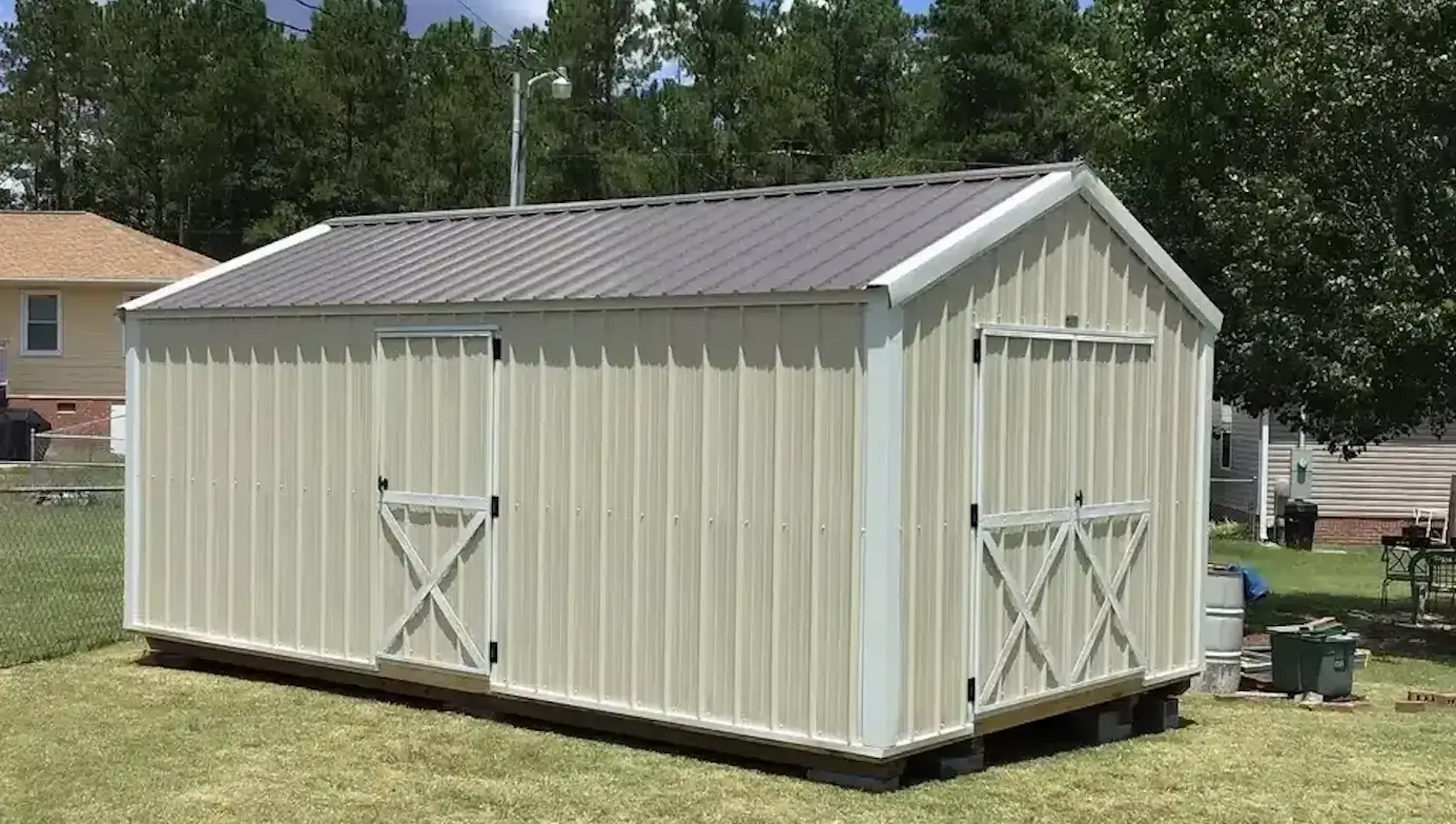
Outdoor Living
We unite suppliers and green industry professionals worldwide
Lady’s Mantle is known for its velvety, scalloped leaves, which catch and hold raindrops as if they were liquid pearls. This old-fashioned perennial is not only gorgeous, it is extremely resilient, low maintenance and useful. It is a favorite for cottage
By Mariam Scott
|Published on July 01, 2025
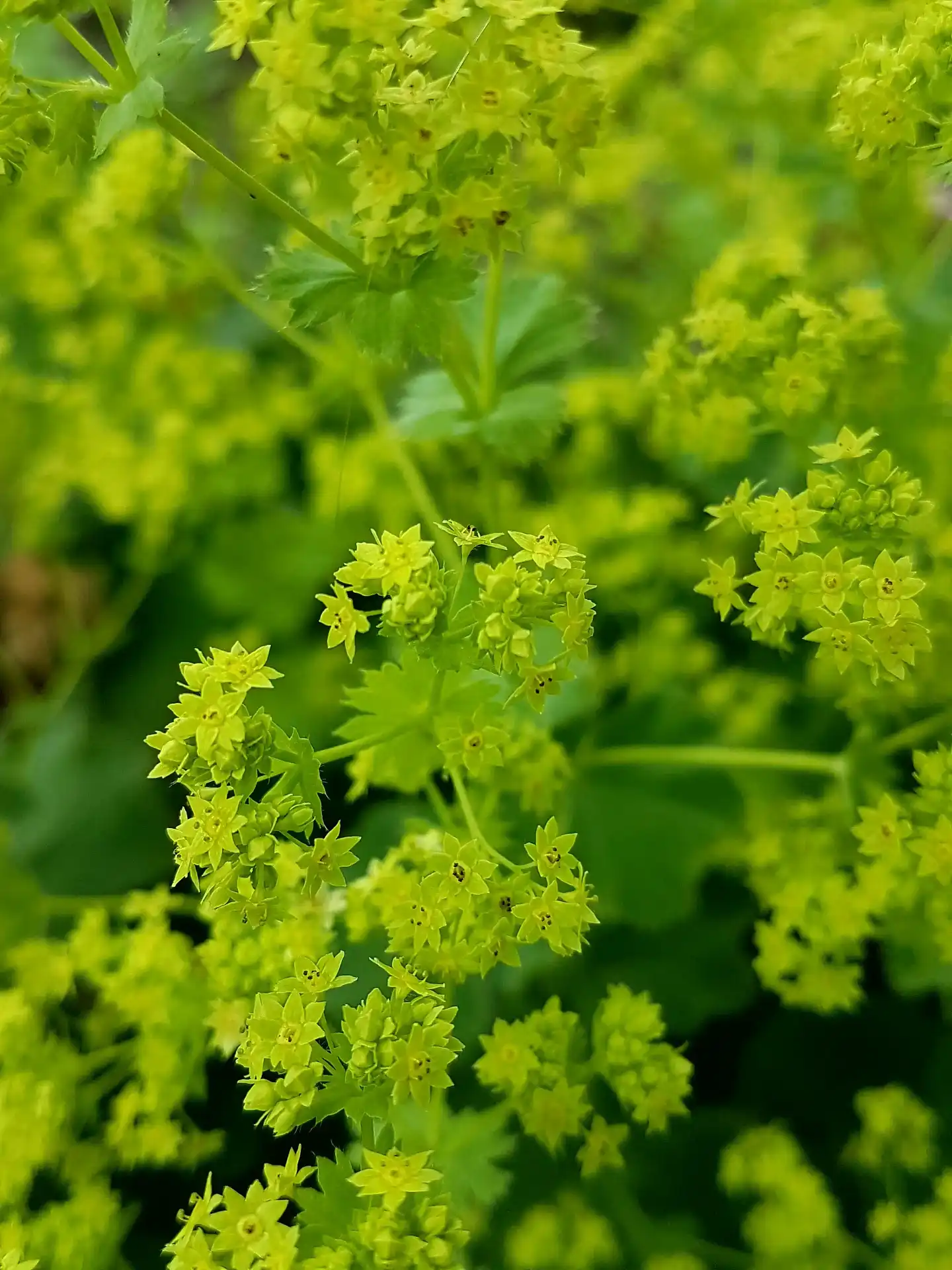

Never seen a plant that turns morning dew to a lighted jewel?
Lady’s Mantle (Alchemilla mollis) is known for its velvety, scalloped leaves, which catch and hold raindrops as if they were liquid pearls. This old-fashioned perennial is not only gorgeous, it is extremely resilient, low maintenance and useful, so not surprisingly it is a favorite for cottage gardens, borders and even herbal medicine.
From late spring to early summer Lady’s Mantle makes airy clusters of chartreuse-yellow flowers, contributing a soft, romantic touch to any landscape. It flourishes in cool weather, tolerates partial shade, demands little upkeep — and is popular with novice and seasoned gardeners alike.
Be used as ground cover, border plant, or a filler in floral arrangements, Lady’s Mantle adds easy charm and elegance to any garden.
| Common Name | Lady’s Mantle |
| Botanical Name | Alchemilla mollis |
| Type | Herbaceous perennial |
| Height | 12-18 inches |
| Spread | 18-24 inches |
| Sun Needs | Full sun to partial shade |
| Soil Requirements | Moist, well-draining, rich in organic matter |
| Blooming Season | Late spring to early summer |
| Hardiness Zones | 3-8 |
| Toxicity | Not toxic to humans and pets |

August 24, 2025
10 minute read
August 22, 2025
10 minute read
August 20, 2025
10 minute read
August 19, 2025
10 minute read


Join as a seller and connect with thousands of B2B buyers nationwide!
Sign Up
Lady’s Mantle is an easy care perennial that grows well in many conditions, though it does prefer cooler conditions and partial shade. Its drought tolerance and pest resistance makes for a reliable choice for easy-care gardening.
Lady’s Mantle does best in partial shade, but it can handle full-sun conditions in cooler areas. Too much direct sun can scorch the leaves in hotter areas, so planting it in a morning sun/afternoon shade spot is ideal.
This plant prefers moist, well-draining soil enriched with organic matter. Loam or sandy soil, neutral to slightly acidic pH (6.0-7.0) is preferred. Avoid heavy clay soils that retain too much water, which can lead to root rot.
Lady’s Mantle likes to be moist but not waterlogged. Water it during dry spells, especially the first year after planting. Once established, it tolerates short periods of drought but thrives if watered deeply once a week during warm weather.
Pruning Lady’s Mantle helps maintain its compact shape and encourages fresh growth.
After blooming, trim back spent flowers to prevent self-seeding, as Lady’s Mantle can spread aggressively if left unchecked. In late summer, if the leaves starts appearing tired or leggy, shear back the plant to a couple of inches above the soil and it should prompt fresh, lush leaves for the rest of the season.
In the early spring, remove dead or damaged leaves to make room for healthy growth.
Lady’s Mantle can be propagated by division or from seed.
Lady’s Mantle is also well suited to container gardening, making it ideal for tiny gardens, patios, or decorative accents.
Lady’s Mantle is hardy in most climates and doesn’t require much winter protection.
In fall, cut back dead foliage after the first frost to clean up the plant. For extra insulation in colder zones, you can apply a light layer of mulch around the base. In mild climates, Lady’s Mantle often remains semi-evergreen, making it an attractive garden plant all year long.
Potted plants may need extra protection—move them to a sheltered area or wrap the pot in burlap if temperatures drop below freezing.
Lady’s Mantle produces delicate, chartreuse-yellow flowers from late spring to early summer. These soft, airy blooms add a romantic, cottage-garden feel and work beautifully in borders or floral arrangements. Regular deadheading helps prevent self-seeding and keeps the plant tidy. While the flowers are subtle, they attract pollinators and enhance the plant’s ornamental charm.
Lady’s Mantle is trouble-free, but some problems can occur.
Lady’s Mantle is a lovely, easy-growing perennial that adds a delicate beauty and a resilience to any garden. Whether used as ground cover, as a border plant, or as a container feature, its shimmering leaves and fine blooms bring grace and softness to your space. It’s easy-care and tough, making it great for gardeners of all skill levels.
It can self-seed aggressively if left unchecked. Regular deadheading prevents unwanted spread.
Yes! Its tiny yellow flowers attract bees and other beneficial insects.
If you can maintain the right moisture levels, it can be grown in a bright, cool indoor (and even well-ventilated) environment. However, it prefers outdoor conditions.
Possible reasons include too much sun, overwatering, or nutrient deficiencies. Adjust conditions accordingly.
Yes! Deer and rabbits tend to leave it alone, so it’s a good choice for gardens that attract wildlife.

Outdoor Living
Victor Miller

Lawn Care Tips & Maintenance
Victor Miller
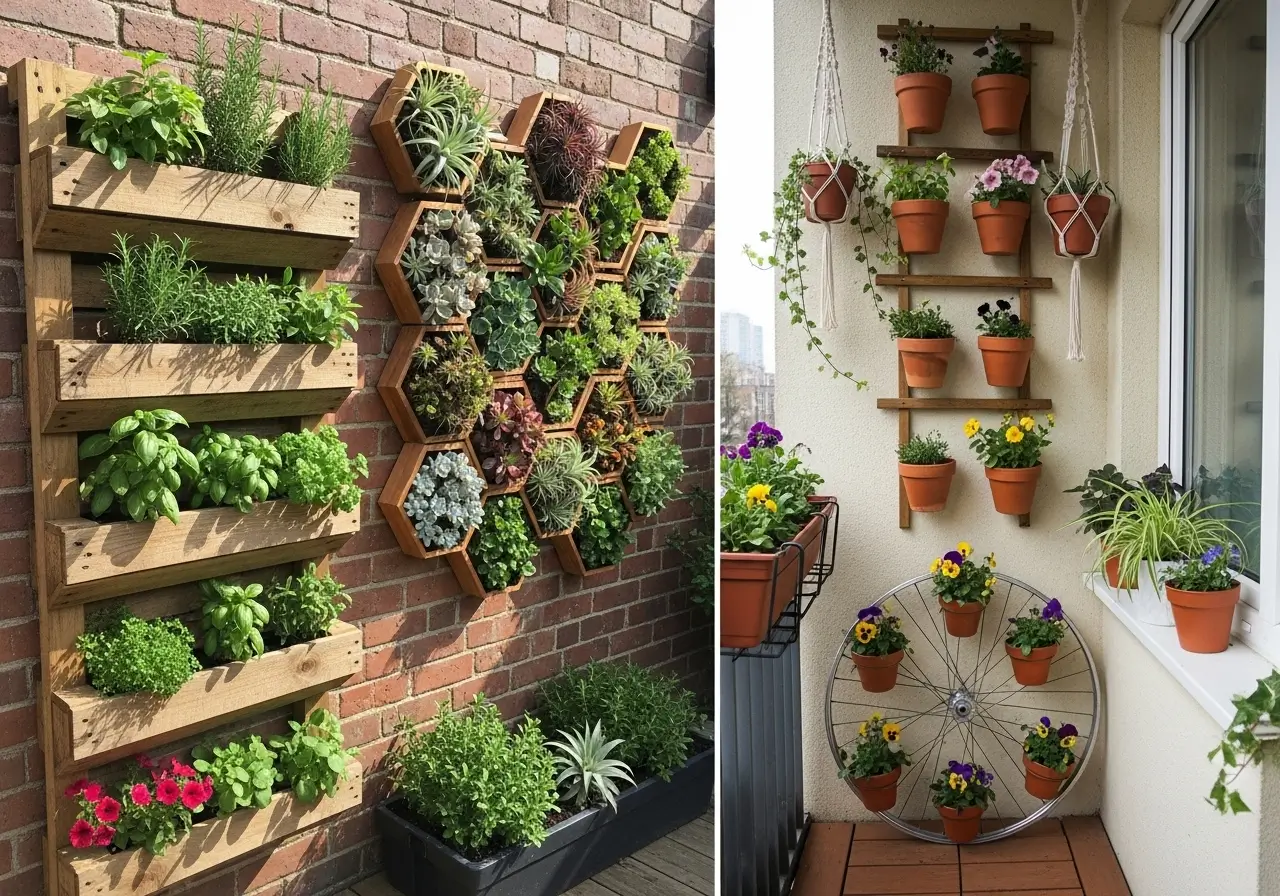
Home Landscape Ideas & Trends
Victor Miller
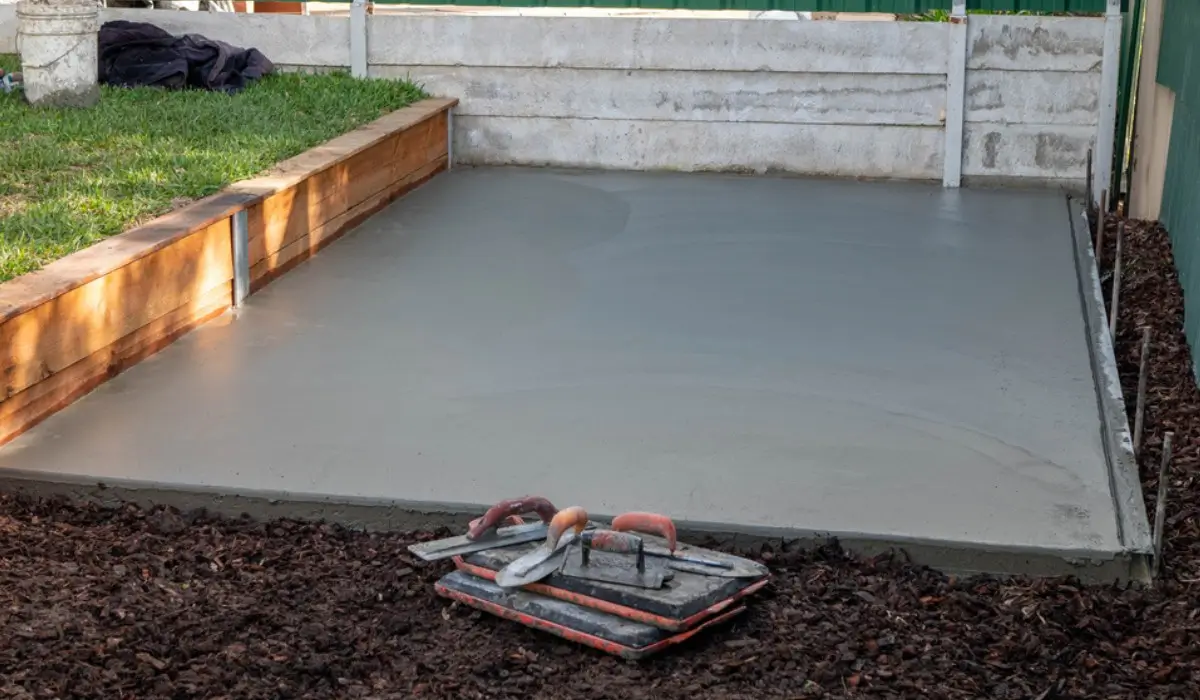
Outdoor Living
Victor Miller
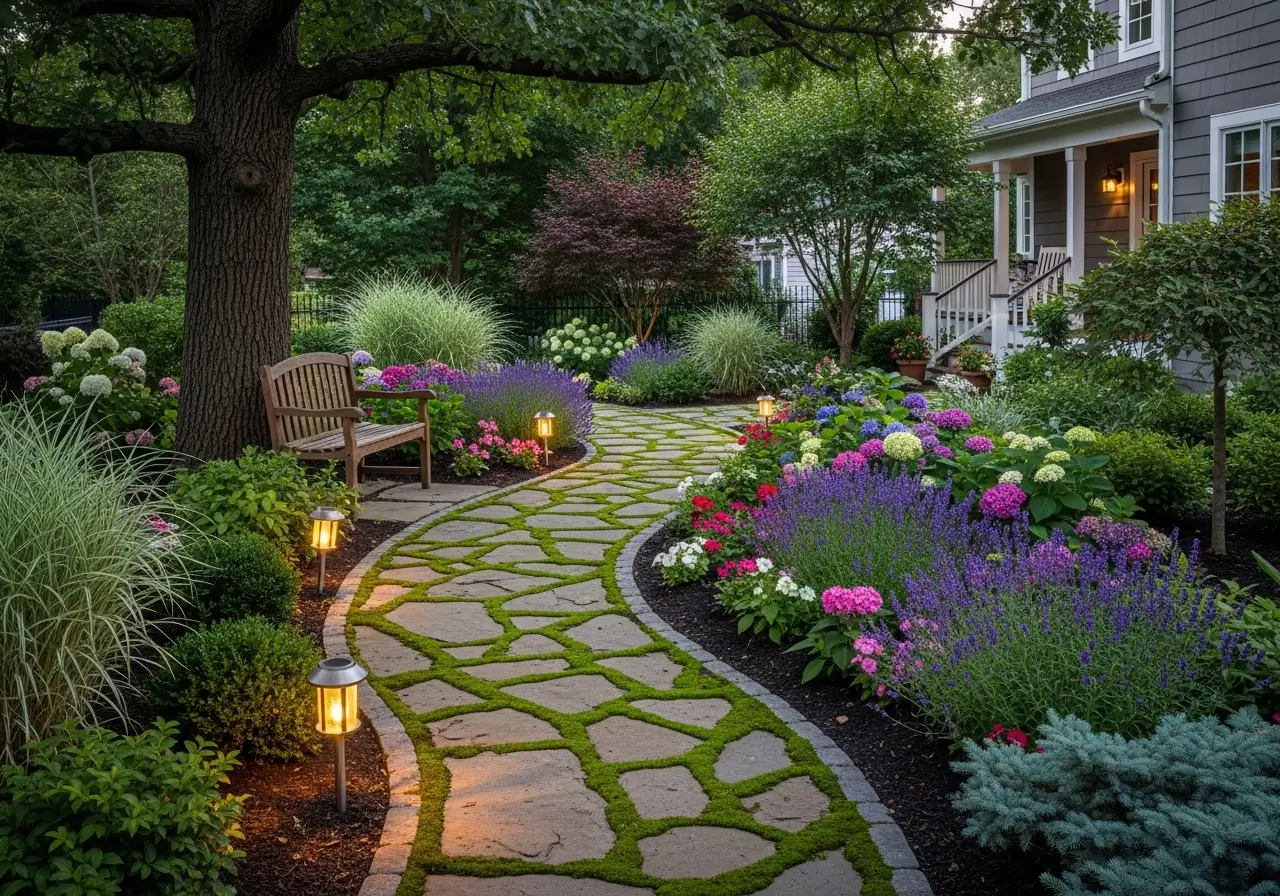
Patios, Walkways & Driveways
Victor Miller
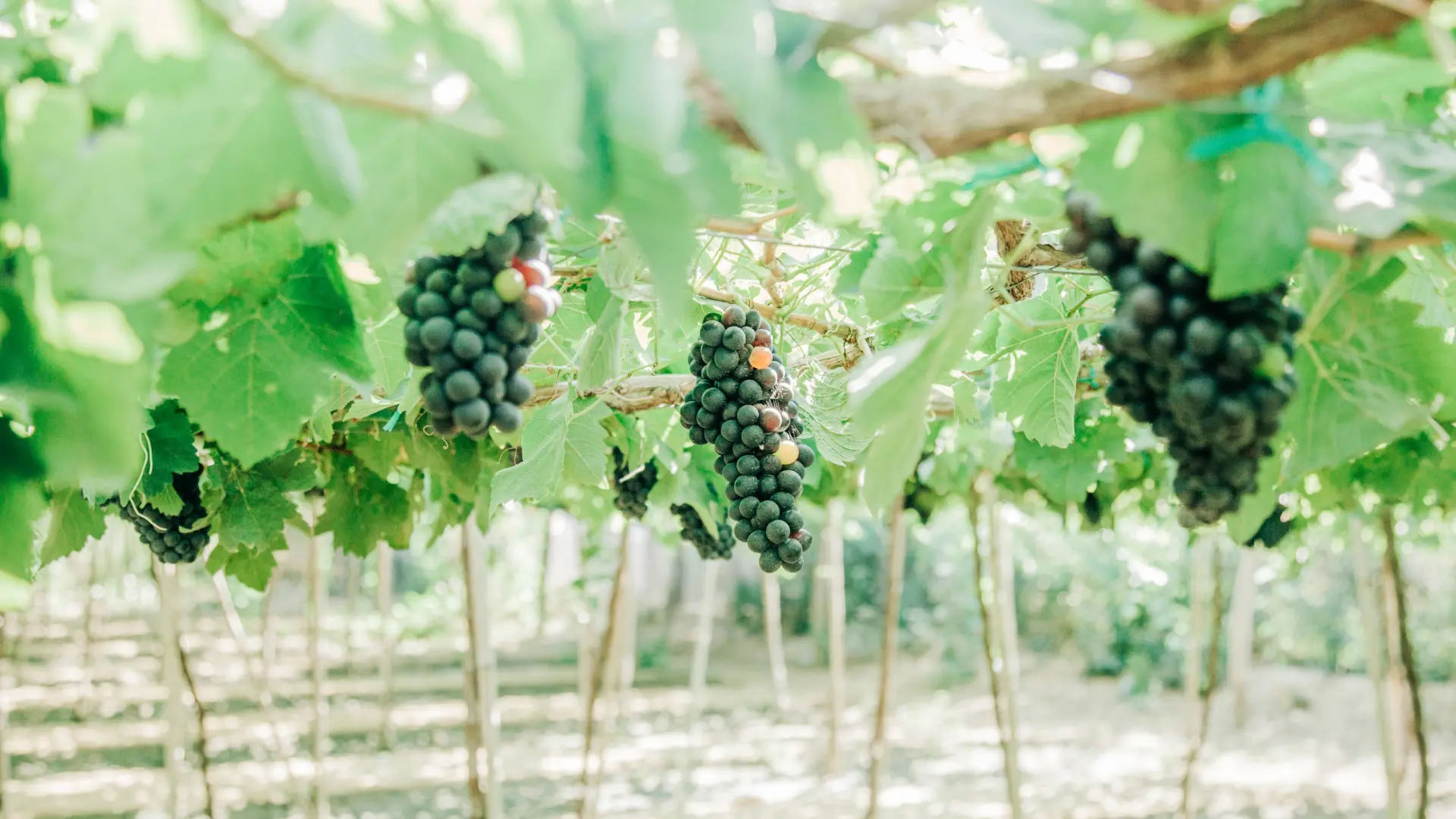
Agricultural Policy & Innovation
Gina Lazaarus

Soil Health & Fertilization
Gina Lazaarus

Climate
Gina Lazaarus
My Account
Our team is always here to help.
We are open Monday - Friday, 9:00 AM to 4:30 PM PST.